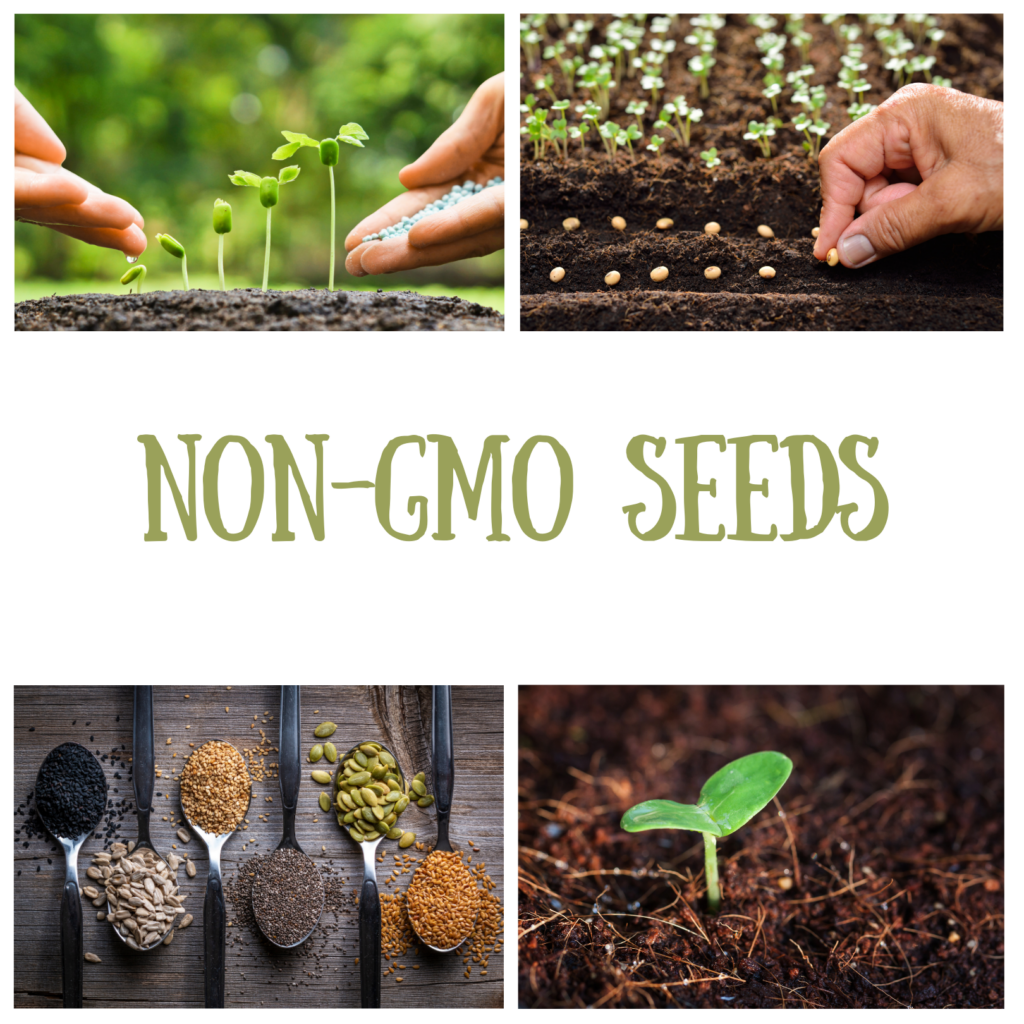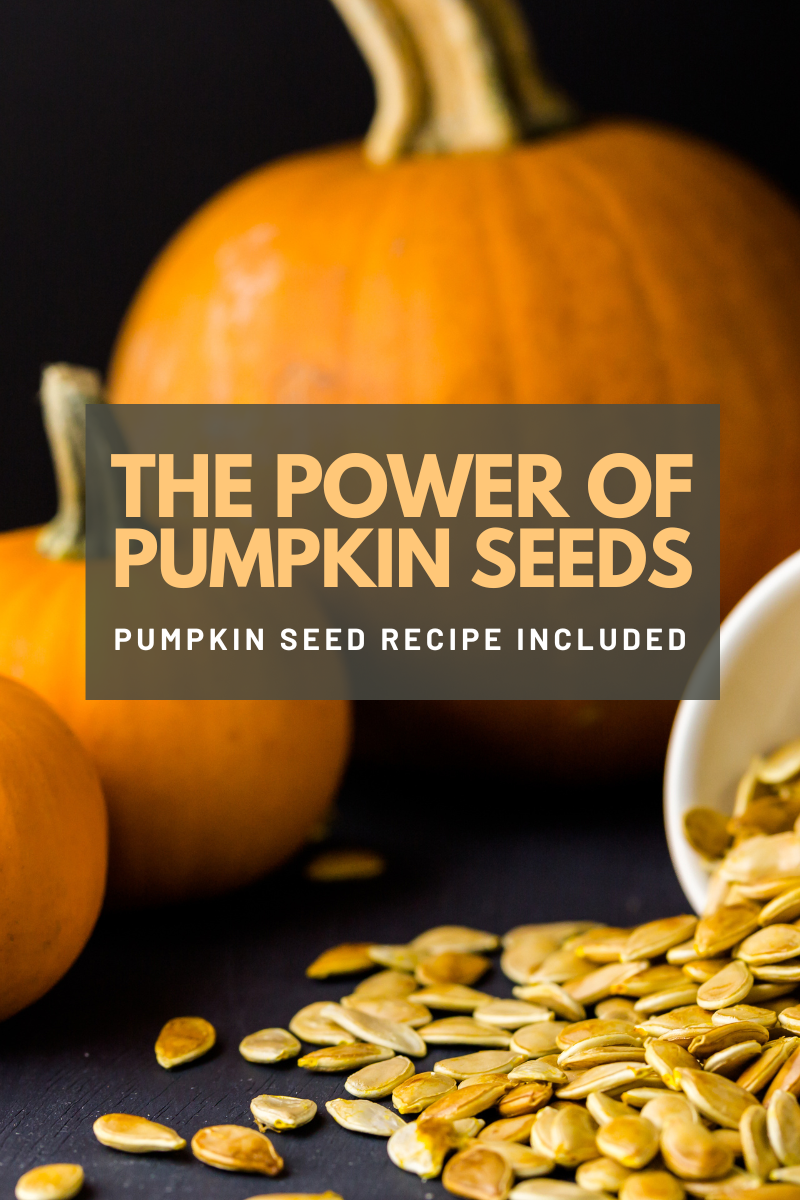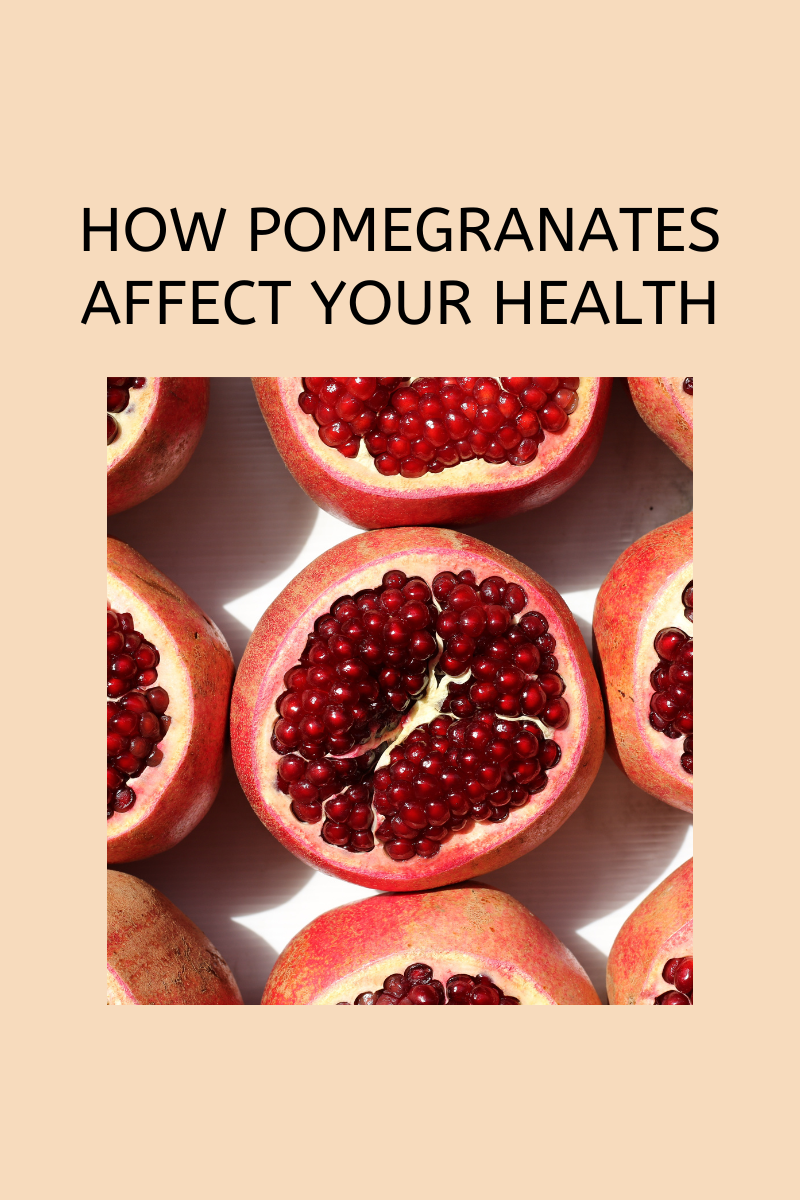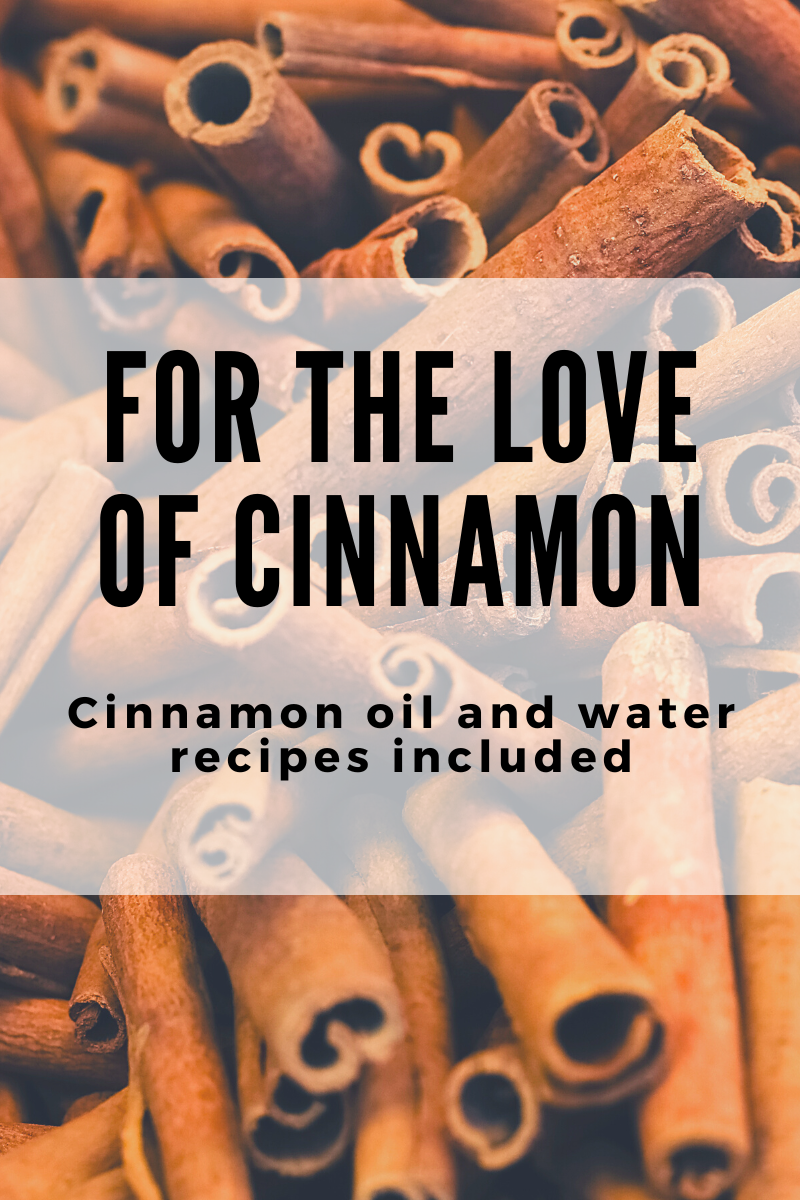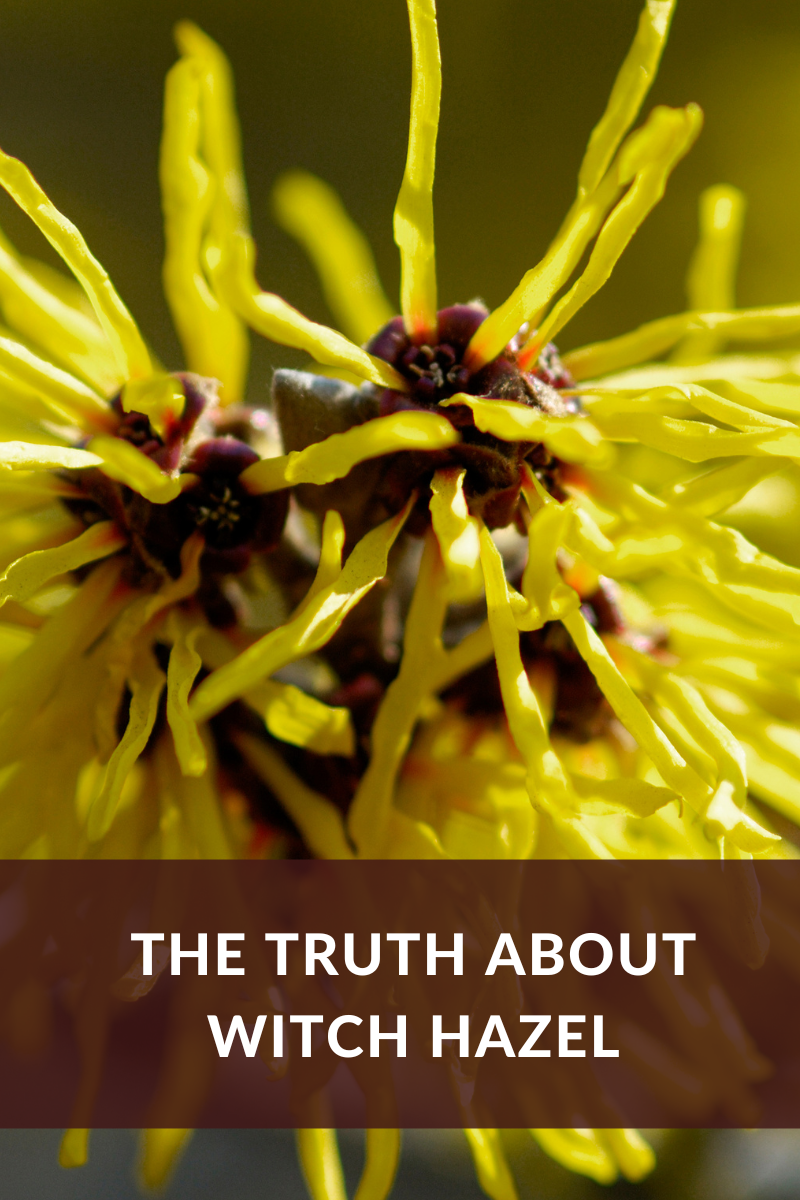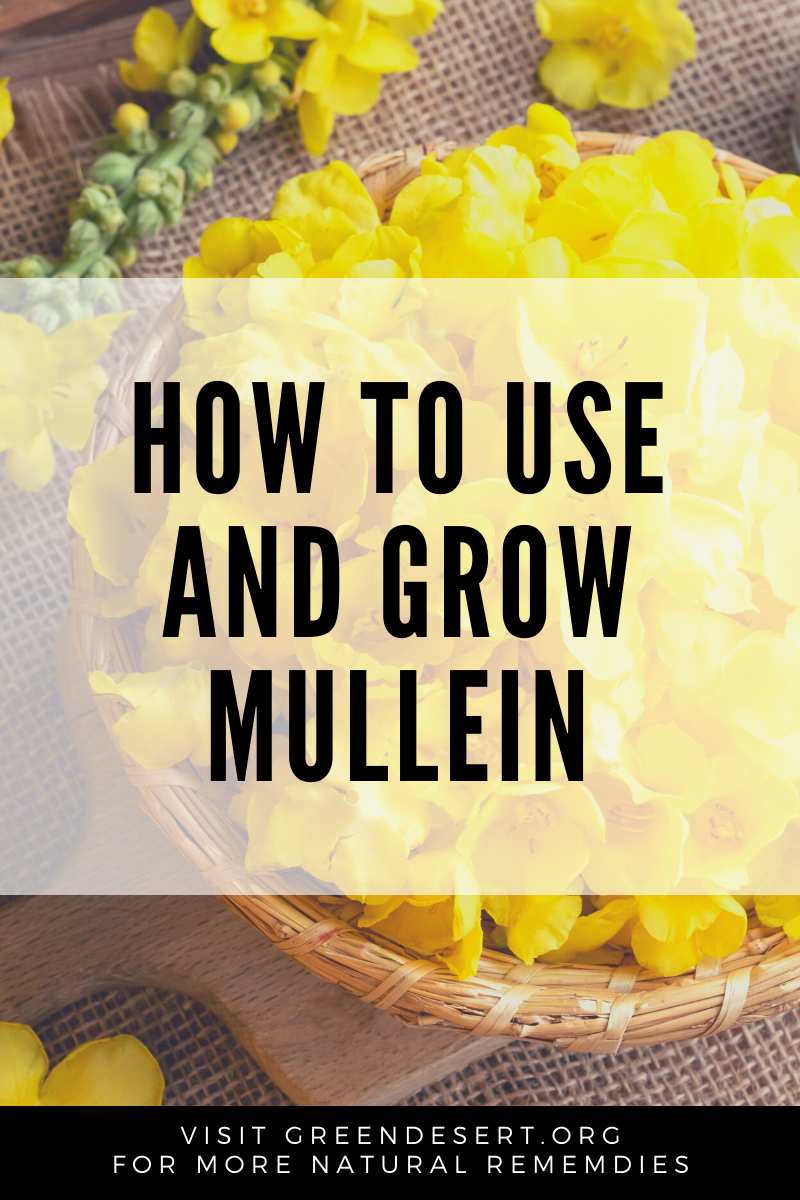Looking for a late-night snack that has just as many health benefits as it does yummy recipes? Try pumpkin seeds. Not only are they appetizing (recipe below), but they are filled with all sorts of vitamins, minerals and other nutrients that are natural immune boosters for you and even your pets.
Pumpkin seeds are a high source of iron and the World Health Organization (WHO) announced that pumpkin seeds are one of the best foods to eat for getting zinc and magnesium.
And since many of us don’t get enough magnesium naturally in our diets, it’s worth adding pumpkin seeds to your daily routine.
BLOOD SUGAR
Magnesium is one of the reasons pumpkin seeds can help people with diabetes manage the disease.
Pumpkin seeds and even the juice can help regulate your blood sugar.
BONE HEALTH
The high magnesium content is also good for your bone health.
It contributes to bone density, which is key for preventing osteoporosis. Researchers say magnesium deficiency can cause osteoporosis, so it’s safe to say the bones need magnesium in order to maintain their health.
HEART HEALTH
Another benefit to the magnesium packed in pumpkin seeds is the affect on your heart.
The seeds can reduce blood pressure and high cholesterol levels, in turn giving your heart a much-needed break.
Pumpkin seeds are also a good source of alpha-linolenic acid (ALA), a plant-based, unsaturated omega-3 fat believed to reduce heart disease.
The antioxidants in pumpkin seeds also increases the nitric oxide levels in your body, improving blood flow and helping get rid of plaque in your arteries.
INFLAMMATION
Pumpkin seeds are rich in many antioxidants, which reduces inflammation and protects our cells from disease-causing damage.
SLEEP
Magnesium also plays a role in helping you fall asleep since it can reduce stress and anxiety… both culprits of insomnia.
But the main reason pumpkin seeds are a great snack before bed is because the seeds contain tryptophan, an amino acid that promotes sleep. The science behind it is the tryptophan converts to serotonin and melatonin in the body. Melatonin is a known sleep hormone and serotonin is a feel good hormone.
PLANT-BASED PROTEIN
Another benefit is the high protein content. One ounce of pumpkin seeds have 8.5 grams of protein… a great non-animal source of protein.
CANCER
Pumpkin seeds may reduce the chance of certain cancers like stomach, colon, prostate, breast, and even lung cancer. It is believed that the plant-based fiber paired with dietary lignans found in this seed may be what reduces the risk in breast cancer.
As I mentioned above, pumpkin seeds are rich in antioxidant nutrients, which play a key role in decreasing cancer risk.
PROSTATE AND BLADDER HEALTH
Eating pumpkin seeds also helps relieve the symptoms of Benign prostatic hyperplasia (BPH), which is where your prostate gland enlarges and you have a hard time urinating. The seeds have a compound, phytoseterol, which is supposed to help keep the prostate from enlarging.
And don’t forget, the seeds are filled with zinc, key for normal prostate function.
The oil from the seeds also help to relieve the symptoms and may even help treat and overactive bladder.
DIGESTIVE HEALTH
Pumpkin seeds are high in fiber which is great to help your digestive system stay on the right track.
They help soften stools and encourage bowel movement.
But don’t eat too much at once. Too much of that fiber can cause you to be gassy and bloated, therefore even causing constipation.
So everything in moderation.
As healthy as pumpkins are for our bodies, overconsumption can have the opposite effect.
They are high in calories and fats so eating too much can cause you to gain weight.
The American Heart Association recommends having a quarter cup (30 grams) of pumpkin seeds every day as a part of a healthy diet.
WAYS TO TRY:
The nice thing about pumpkin seeds is whether you eat them raw or roasted, they maintain their minerals. While they are good by themselves you can also add them in…
- Granola
- Oatmeal
- Pumpkin Butter
- In your salads and soups and pesto!!
- Add to trail mix
Another way to eat them is by simply roasting them.
ROASTED PUMPKIN SEEDS (Step-by-step video instructions)
- Simply wet your pumpkin seeds, whether bought or directly from the pumpkin’s belly.
- Dry them (Can simply dab them with a paper towel)
- Cover them in olive oil and whatever seasoning you like (salt and pepper work for me. Also a trick I learned from making kale chips is add your seeds to a baggie, add the oil and seasoning, close the bag and mix
- Spread your seasoned seeds on a baking sheet and bake at 350 degrees for 12- 15 minutes. Be sure to flip them half way
- And voila, a yummy, nutritional snack!!!
FUN FACT:
People often refer to pumpkin seeds as “pepitas,” which is Spanish for “little seed of squash.”
We have an entire page of natural remedies. If you have natural remedies you choose, please share them — it takes a community!


